This is an image of Comet Shoemaker-Levy 9, broken into many pieces.
Click on image for full size
NASA/NSSDC and the Space Telescope Science Institute
Comet Shoemaker-Levy 9
Comet Shoemaker-Levy 9 was the ninth comet discovered by Gene Shoemaker, his wife Carolyn, and partner David Levy, in 1993.
The comet had first broken apart in space in 1992, after a close passage near the planet Jupiter, and then plunged directly into Jupiter on its very next pass by the giant planet in 1994.
The crash of the comet into the planet, a once in a millennium event, has helped scientists learn a great deal more about comets, Jupiter, orbits, and the history of the solar system itself. For example, observations now suggest that moons of Jupiter have been struck by strings of comets in the past.
You might also be interested in:
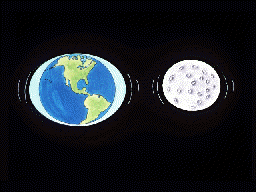
The force of gravity caused by an object gets weaker as you move farther away from that object. In this picture, the Earth is pulling on the Moon, and the Moon is pulling on the Earth. The Moon pulls more
...more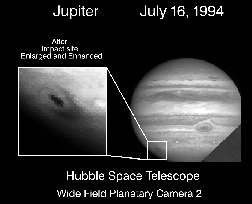
Scientists have learned a great deal from the crash of comet Shoemaker-Levy 9. Scientists traced the orbit of the comet backwards in time to guess its origin. The crash of a comet like Shoemaker-Levy 9
...more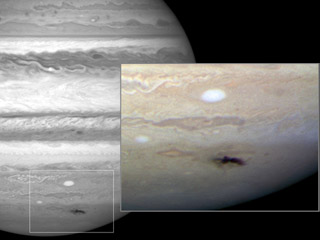
Anthony Wesley is an amateur astronomer in Australia. On the night of July 19, 2009, Wesley noticed a dark spot on Jupiter that hadn't been there before. He had discovered the remains of a huge impact
...more
The reason that Europa is warm is because of tides. An example of what happens is shown in this drawing of the Earth and Moon. In this picture, the Earth is pulling on the Moon, and the Moon is pulling
...more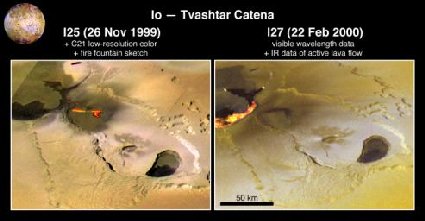
The Galileo spacecraft was launched in October 1989. So, Galileo has been in space more than 10 years and it has been orbiting Jupiter for more than five years. Galileo is still going strong! "We're proud
...more
The Galileo spacecraft was launched on October 19, 1989. Galileo had two parts: an orbiter and a descent probe that parachuted into Jupiter's atmosphere. Galileo's main mission was to explore Jupiter and
...more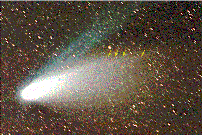
Hale-Bopp continues to offer new surprises as two astronomers report of their study of the comet. Using the Hubble Space Telescope and the International Ultraviolet Explorer, the astronomers did a year-long
...more














